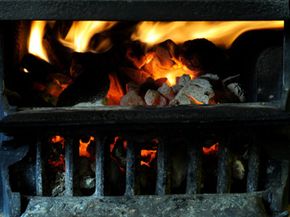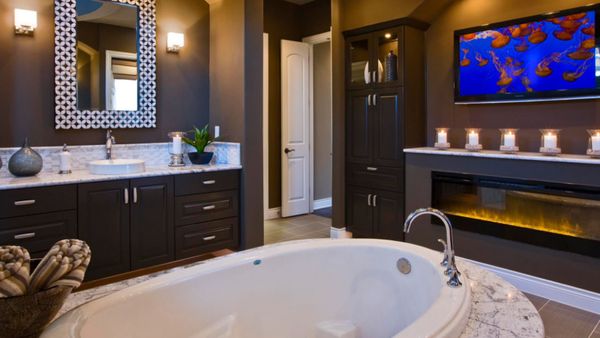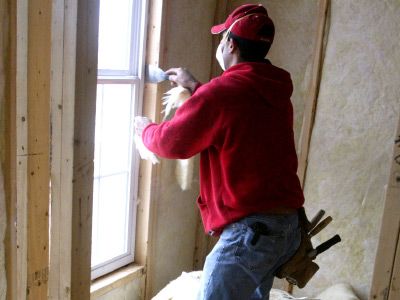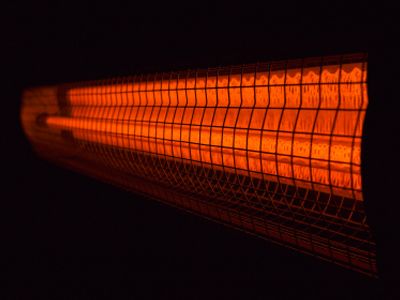The cost of heating a house isn't getting any cheaper. In fact, it's getting more expensive every year, and it doesn't look like that's a dying trend. As a result, many people are looking for new ways to stay warm and they're finding the answer in an old favorite -- coal stoves. Not only can a coal stove heat up your home, but it can save you money as well, especially if you live in Pennsylvania. Don't worry, this article will explain.
Let's talk about coal as a resource. There's a ton of it in the United States. Actually, to be specific, there are roughly 250 billion tons (227 billion metric tons) of it in the United States. The United States is responsible for producing a quarter of the entire world's coal supply [source: Jones Hardware].
Advertisement
There are basically four different types of coal that can be burned: lignite, subbituminous, bituminous and anthracite, listed in order from least efficient to most efficient. Anthracite has the highest carbon content and as a result, gives out the most heat and burns the cleanest [source: Stoves Online]. If you install a coal stove, you'll undoubtedly be burning anthracite -- which brings us to Pennsylvania.
Almost all of the anthracite used between the Atlantic and Pacific Oceans can be found in Pennsylvania -- more than 90 percent [source: Batch]. Unfortunately, the farther you are from the great "Keystone State," the more expensive it gets. Of course, there are a few other places where you can find anthracite and the same rule applies. The farther you are from the source, the more it's going to cost you.
Modern techniques have lead to more efficient and cleaner burning coal stoves. If you've got room for one in your house and you live somewhere with an abundant supply of anthracite, you might be able to save a nice chunk of change. Even if you don't live near a large supply of coal, installing a coal stove might be the way to go. Coal stoves require less maintenance than wooden stoves and they can be more efficient as well.
Advertisement



